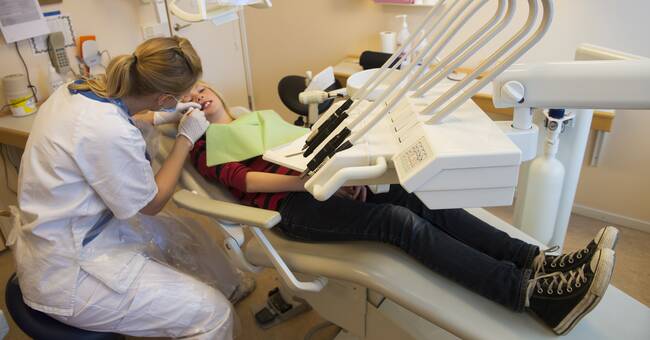The number of complaints about children from Folktandvården in Stockholm has increased from 470 to 720 between 2019 and 2020. According to the Social Services Act, Folktandvården is obliged to make a report of concern when there is a suspicion of violence against children or omission regarding children's right to dental care, ie. the children are absent from visits to which they are called.
Suspects that children are not feeling well
In the Skåne region, there are no statistics available for reports of unrest in the same way as in Stockholm and Västra Götaland, but the work of counteracting violence and neglect against children is constantly up for discussion.
The staff attends training so that everyone knows what the law says and what signs to look for when you suspect that a child is not feeling well.
- A great need for treatment in the mouth that can not really be explained, visible bruises around the face and that there are no teeth in places you do not hit when you fall off the bike can be something you report for.
When our report comes in, it is often the last piece of the puzzle that the social services need when they have suspected neglect, says Maria Mathioudaki.
Educated to see signs of violence
In Västra Götaland, the National Dental Service is trained to discover what adults' violence against children looks like.
Bruises and missing hair on parts of the head can be signs.
Carina Eliason is head of the region's competence center.
- If it is sexual abuse, the adult may have grabbed the ears during oral abuse, and then you should watch out for bruises and wounds behind the ears.
If you see a dentist like this as a sign of violence, you have to start asking questions, she says.
Eva-Karin Bergström, unit manager at the Department of Health Dentistry at Folktandvården in Västra Götaland, admits that there has been an increase in recent years, but neither can nor wants to comment on whether there is a connection to the pandemic and that more children would then be kept at home and in danger. .
- It should also be remembered that the number of children in the region is increasing and we meet around 250,000–300,000 children every year, so the proportion sent to EAB (non-questioned children) is still quite low.

